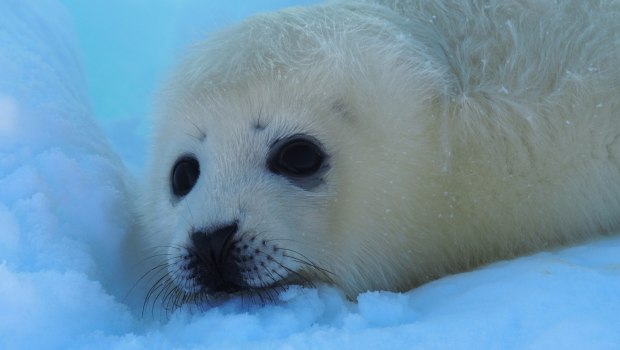AkzoNobel: Quality antifouling coatings can help with CII and EEXI compliance
As the maritime industry navigates the growing regulatory demands to reduce emissions and improve energy efficiency, ship operators are increasingly looking for practical solutions to comply with the IMO’s requirements. According to AkzoNobel, one effective and accessible approach is the application of high-quality antifouling coatings.
In an exclusive video interview during Nor-Shipping 2025, held June 2–6 in Oslo, Norway, Trevor Solomon, Business Development Manager at AkzoNobel, discussed how the IMO’s ambitious decarbonization targets are driving shipping companies to optimize vessel operations and reduce carbon emissions.
The CII measures the operational carbon intensity of vessels, while the EEXI assesses the energy efficiency of existing ships. Meeting these standards requires continuous improvements in vessel performance, fuel consumption, and emissions control.
Trevor Solomon emphasized the significant role of antifouling coatings in helping vessels meet these requirements. “One of the easiest ways shipping companies can actually achieve or help with their meeting their CII and EEXI requirements is to apply a high-quality antifouling coating. That’s the very easiest and probably the least costly version of actually doing that,” Solomon said.
High-performance antifouling coatings maintain a smooth hull surface, minimizing biofouling and reducing drag. This leads to improved fuel efficiency and lower emissions across the docking cycle.
Solomon added, “They do it through creating a smooth and efficient hull and maintaining that efficiency over a long period of time, which ensures that our customers control their emissions and control their costs throughout the whole docking cycle.”
Leveraging data for optimized performance
The interview also highlighted the increasing use of digital tools to monitor and predict coating performance. For example, AkzoNobel’s Intertrac Vision platform combines big data from vessel operations and environmental conditions to offer real-time insights and forecasts.
“This system was market-leading when we launched it over 10 years ago,” Solomon noted. “For the first time, our customers could actually formulate and predict what our coatings would look like and what their vessels would be performing in the future.”
He cited a case study involving a Very Large Crude Carrier (VLCC), where Intertrac Vision predicted a speed loss of less than 1.5% over the docking cycle. “Through analyzing the data from the vessels, we were actually able to prove that number was real as well,” he explained.
Future outlook: Hull efficiency remains vital
Looking ahead, Solomon emphasized the ongoing importance of hull efficiency in the context of decarbonization and the shift toward alternative fuels.
The ammonia, the e-LNG, the hydrogen, they’re all very costly alternatives… if you don’t have an efficient hull, then you’re costing even more
…he said.
He also pointed to evolving IMO biofouling guidelines, expected to become formal regulations by 2029 or 2030, which will drive more frequent and rigorous inspections.
“Hull efficiency combined with more regular inspections and more interactions such as hull cleaning is going to be an important aspect,” Solomon observed, “and that’s where the industry is really going to push over the coming years.”
Explore more by watching the video herebelow
Content Original Link:
" target="_blank">



































































